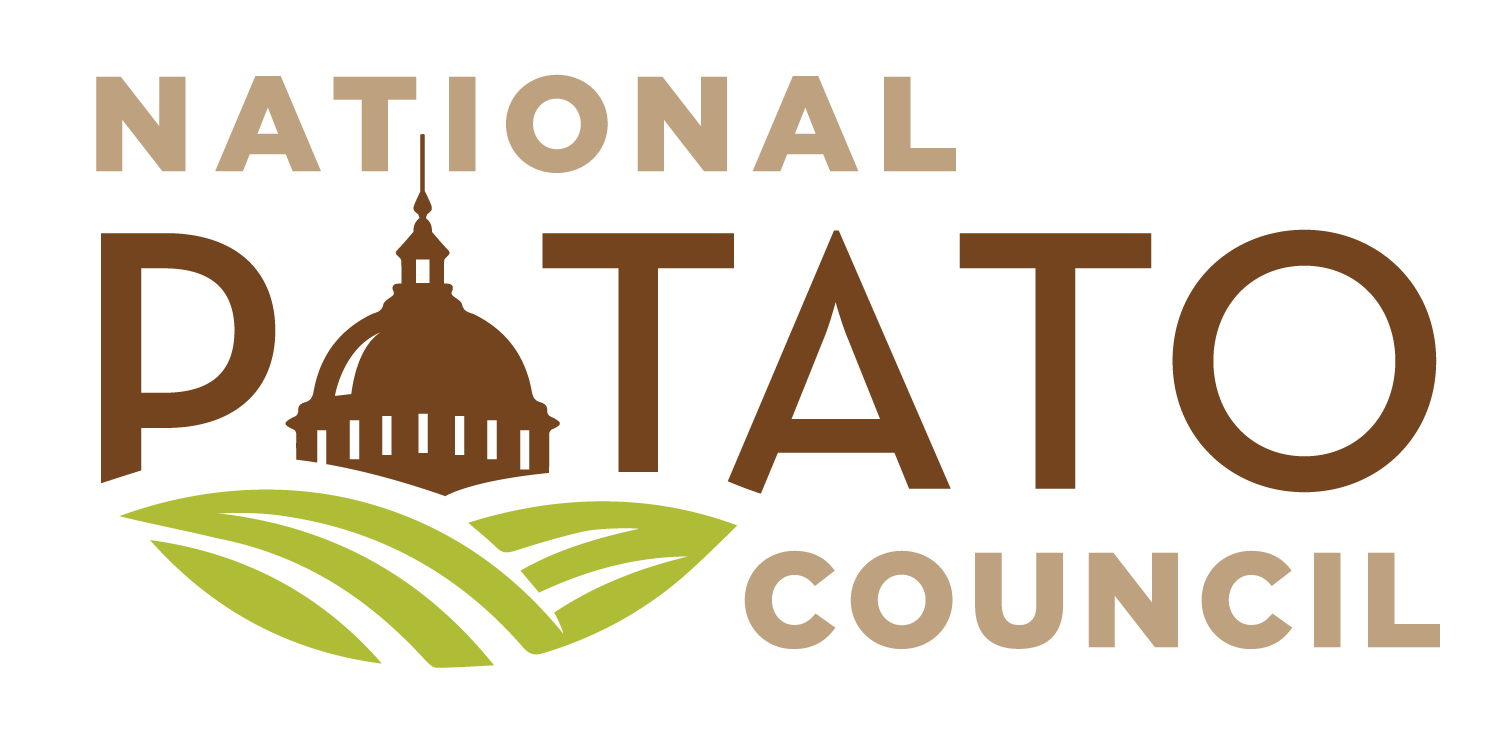
Today the Occupational Safety and Health Administration (OSHA) released the proposed Heat Injury and Illness Prevention in Outdoor and Indoor Work Settings. It is open for comments through Dec. 30, 2024.
“While we agree that it is important to provide a work environment that provides adequate breaks and the ability to regularly hydrate, we are deeply concerned about the extent of requirements of the over 1,000 page rule,” said NPC President and Colorado potato grower Bob Mattive.
The scope of the proposed standard would require all employers subject to OSHA’s jurisdiction—including general industry, construction, maritime, and agriculture—to comply with the proposed requirements, subject to the proposed exemptions. It applies to both indoor and outdoor work areas and aims to provide protections from Heat Related Injuries and Illnesses (HRI) while accounting for the different work areas, anticipated exposures, and other conditions in these sectors.
It would require employers to develop and implement of a work site Heat Injury and Illness Prevention Plan (HIIPP), including comprehensive policies and procedures, is necessary to ensure that all affected employees, including exposed workers, supervisors, and heat safety coordinators, understand where heat hazards exist in the workplace and the workplace-specific measures that must be utilized to address those hazards. A HIIPP would need to be developed for each work site.
While OSHA has concluded that a HIIPP is necessary for all employers covered by the standard, OSHA has determined that only employers with more than 10 employees need to have a written HIIPP.
The employer would be required to seek the input and involvement of non-managerial employees and their representatives, if any, in the development and implementation of the HIIPP. An employer could seek feedback from employees through a variety of means, including safety meetings, a safety committee, conversations between a supervisor and non-managerial employees, a process negotiated with the exclusive bargaining agent (if any), or any other similarly interactive process.
It would establish requirements when employees are exposed to heat at or above the initial heat trigger. OSHA has preliminarily determined that the experimental and observational evidence support that heat index triggers of 80 °F and 90 °F are highly sensitive and therefore highly protective of employees.
The established requirements of the standard must be at no cost to employees, including paying employees their normal rate of pay when compliance requires employee time. These requirements include:
- Access to potable suitably cool water (one quart per employee per hour) that is placed in locations readily accessible to employees.
- Outdoor break areas when temperatures meet or exceed the initial heat trigger, a minimum of 15 minutes every 2-hours. Adequate break areas where employees can hydrate, remove PPE, and cool down is considered a vital and necessary part of a multilayered strategy to control exposure to high heat. It requires employers to provide one or more employee break areas at outdoor work sites that can accommodate the number of employees on break, is readily accessible to the work area(s) and has either shade (artificial shade: e.g., tent or pavilion or natural shade: e.g., trees, but not shade from equipment, that provides blockage of direct sunlight and is open to the outside air), or air-conditioning if in an enclosed space.
- Break areas at indoor work sites when temperatures meet or exceed the initial heat trigger that is air-conditioned or has increased air movement and, if appropriate, de-humidification; can accommodate the number of employees on break; and is readily accessible to the work area(s). Breaks need to occur for a minimum of 15 minutes every two hours.
- Indoor work areas when temperatures meet or exceed the initial heat trigger would be required to be equipped with a combination of increased air movement and, if appropriate, de-humidification; air-conditioning; or, in the case of radiant heat sources, other cooling measures that effectively reduce employee exposure to radiant heat in the work area.
- Require employers using fans under certain conditions to determine if fan use is harmful. Specifically, when ambient temperatures exceed 102 °F.
- Protect new and returning employees who are not acclimatized that gradually increases new employees’ work in the heat starting with 20% of the usual work duration and increasing by no more than 20% on each subsequent day. For returning employees no more than 50% of the usual work duration of heat exposure that then gradually increases on each subsequent day.
- Allow and encourage employees to take paid rest breaks in break areas that would be required if needed to prevent overheating. Employees would be allowed to decide on the timing and frequency of unscheduled rest breaks to prevent overheating.
- Effective two-way communication at the initial heat trigger. It requires the employer to maintain effective, two-way communication with employees and regularly communicate with employees.
- Maintain the cooling properties of cooling PPE if provided to employees.
- Implement at least one of two methods of observing employees for signs and symptoms of heat-related illness. (1) a mandatory buddy system in which co-workers observe each other, (2) observation to be carried out by a supervisor or heat safety coordinator. For employees working alone at a work site, the employer would need to maintain a means of effective, two-way communication with those employees and make contact with them at least every two hours.
- Issue a hazard alert to employees prior to a work shift or when employees are exposed to heat at or above the high heat trigger.
- Place warning signs at indoor work areas with ambient temperatures that regularly exceed 120 °F. The warning signs must be legible, visible, and understandable to employees entering the work area.
- Develop and implement a heat emergency response plan as part of their HIIPP, as well as specify what an employer’s responsibilities would be if an employee experiences signs and symptoms of heat-related illness or a heat emergency.
- Provide training on HRI prevention. Examples of required topics are identification of hazards; mitigation of hazards through prevention; reporting of signs and symptoms; policies and procedures applicable to the employee’s duties; as indicated in the work site’s HIIPP, and emergency response.
- Maintain written or electronic records of on-site indoor temperature measurements and must retain those records for six months.

